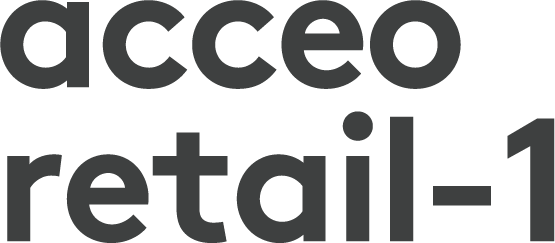Centralize Merchandise, Store, and Financial Planning
Open-to-Buy (OTB) in retail is a budgeting and inventory planning concept that helps retailers manage their inventory effectively while staying within budget. It is the amount of money a retailer has available to spend on purchasing new inventory during a specific period, typically a month, quarter, or season. The OTB calculation allows retailers to balance inventory levels with customer demand, minimizing excess stock or stockouts.
Here's How Open-to-Buy Works:
Budgeting for Inventory
Retailers set a budget for inventory purchases within a given timeframe. The Open-to-Buy amount represents the difference between the planned inventory level and the actual inventory level at any point in time.
Dynamic Inventory Management
OTB is dynamic, allowing retailers to adjust their purchasing based on sales trends, market conditions, and seasonal fluctuations. This flexibility helps retailers respond quickly to changing customer demand.
Reducing Overstock and Stockouts
By tracking OTB, retailers can avoid overstocking, which ties up capital and may lead to markdowns, and stockouts, which lead to missed sales opportunities.
Enhancing Purchasing Decisions
Retailers can use OTB to make informed purchasing decisions, focusing on products with high demand and reducing investment in slower-moving items. This approach supports more efficient inventory turnover and increased profitability.
Benefits of OTB:
Inventory Optimization
ACCEO retail-1 OTB helps retailers maintain optimal inventory levels, reducing the risk of overstocking or understocking. This leads to better alignment with customer demand, resulting in improved sales and fewer markdowns.
Improved Cash Flow Management
With a clear view of the inventory budget, retailers can better manage cash flow. This enables them to allocate resources more effectively, invest in high-demand products, and reduce capital tied up in slow-moving inventory.
Greater Flexibility
ACCEO Retail-1 OTB allows retailers to adjust their purchasing strategies in response to market trends, customer preferences, and seasonal fluctuations. This flexibility leads to a more agile business approach, allowing retailers to adapt to changing conditions.
Reduction of Stockouts and Excess Inventory
By maintaining a clear view of their inventory levels and purchasing budgets, retailers can minimize stockouts and avoid excess inventory. This leads to fewer lost sales opportunities and reduces the need for heavy discounting to clear excess stock.
Enhanced Decision-Making
ACCEO Retail-1 OTB provides retailers with a structured framework for inventory planning and purchasing decisions. It helps them focus on products that align with sales targets, allowing for more data-driven and informed choices.
Increased Profitability
By optimizing inventory and reducing markdowns, retailers can improve their profit margins. Proper use of OTB contributes to more efficient inventory turnover, which ultimately drives profitability.
Improved Collaboration with Suppliers
ACCEO Retail-1 OTB helps retailers manage their relationships with suppliers more effectively. They can communicate their purchasing plans and adjust orders as needed, leading to better supplier relationships and more favorable terms.
Support for Merchandising Strategy
With a clear OTB plan, retailers can align their inventory with broader merchandising strategies, ensuring that product assortments are in line with customer preferences and marketing campaigns.
Executive Information System (EIS)
Capture opportunities, anticipate slow movers, and avoid short-falls with ACCEO Retail-1 EIS. Benefit from actionable retail intelligence and pinpoint areas which require immediate attention. Uncover deficiencies and maximize opportunities with consolidated views, intuitive KPI’s and drill-down capability.
Want to see OTB in action?
Book a free demo at your convenience. No strings attached.


